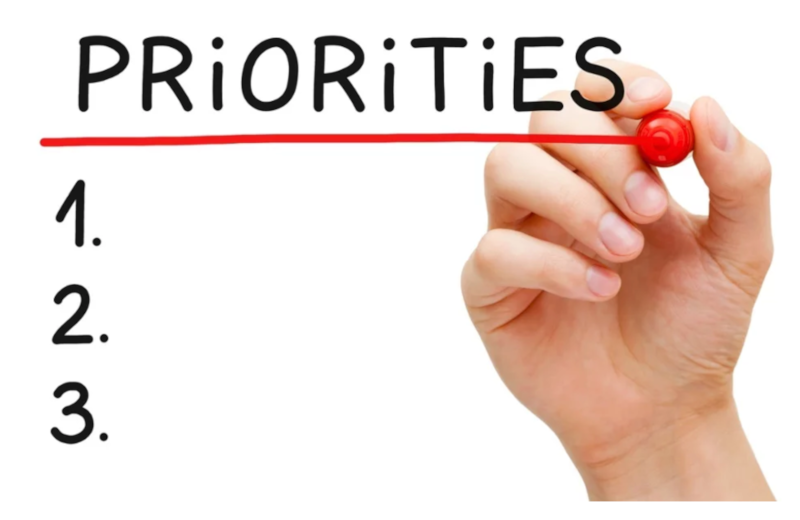How to Choose Which SAT® Concepts to Prioritize
Updated on May 1, 2023
As test day approaches, it is easy to get overwhelmed with the vast amount of content that could show up on the SAT®. When time is short, sometimes it’s less about how to cover all the bases and more about how to optimize test prep efforts. For tutors and test-prep professionals, the ability to prioritize how time during and between sessions is used can make a huge impact!
Start with a diagnostic test score report.
Test prep is all about growth. To be effective at helping students grow, tutors first need to establish a baseline of where a student’s strengths and weaknesses are.
To do so, it is essential to use a diagnostic tool that offers feedback that is both comprehensive and immediate. The more data you can derive from a student’s pre-assessment, the more targeted, purposeful, and personalized you can be with your test-prep plan for that student. Furthermore, the faster you can get ahold of that data and interpret it, the faster you can start putting your plan into action!
Consider signing up for a free software demo to see how the 100% custom-branded system from Clear Choice Prep can help you generate this type of actionable data to drive your test-prep instruction.
Order matters.
The SAT® is a test designed to evaluate a test taker’s literacy and computational skills rather than their ability to simply recall information. As with learning any skill, whether it’s preparing for the SATs® or learning to play an instrument, breaking a goal into achievable steps makes the learning process easier.
With diagnostic results in hand, ask yourself, “What are the supporting skills that need to be mastered on the way to the larger goals?” After all, a student struggling with basic algebra is in no position to be evaluating quadratic equations.
Test-prep professionals should work to help a student chunk the learning gains that need to be made and then turn those chunks into a logical road map for progress.
Grab the low hanging fruit.
No mountain climber starts with Everest. Similarly, no test-prep student should focus all their energy on their greatest weaknesses. Instead, set up your students for success by front-loading the test-prep plan with smaller, manageable goals.
When devising a prioritized plan for an SAT® student, start by targeting gains that can be easily achieved. A few quick victories early on can make for great positive momentum and lay the groundwork for the harder work later on.
Get the most bang for the buck.
It should go without saying, but as a test-prep professional, it is crucial that you know the types of questions, topics, and content that are most likely to show up on the test itself. Be sure to use this knowledge to help structure and prioritize your students’ efforts.
For example, if the College Board’s official math practice tests are any indication, the current SAT® math section focuses heavily on the following concepts:
Quadratic equations
Ratios & Proportions
Linear equations
Writing & solving algebraic equations
Data analysis (averages, medians, percentages, linear expression)
Putting time into these high-occurrence topics should produce more growth and better odds of success come test day than focusing on more specialized, niche subjects that may or may not even appear.
Teach concepts that can be practiced independently.
Taking time out of your tutoring sessions to have students drill practice problems or write practice essays is a waste. These types of activities are best suited for independent practice.
Ask yourself: “Does it make more sense to sit and watch a student write a practice essay or to actually work with that student on ways to self-assess an essay they wrote at home?” Is your session better spent scaffolding a student’s understanding of a skill or grading a student’s practice test on said skill? Your students need your expertise, not your supervision and finesse with an answer key.
Test prep is a careful balance between building conceptual understanding and practicing how to put that understanding into action. Ideally, tutoring time should be spent on the former while the time in between sessions should focus on the latter.
For this to lead to growth, however, there needs to be both a system for generating and assessing this practice while also holding students accountable. Consider implementing a test-prep system with accountability and feedback mechanisms baked in; this frees up tutoring time to help students grasp the material so that they will be best prepared to utilize it on their own.
The countdown to test day is always ticking. Be sure you are setting each one of your students up for success by tailoring prep and practice to maximize growth. When time is of the essence, you must choose your priorities carefully!



